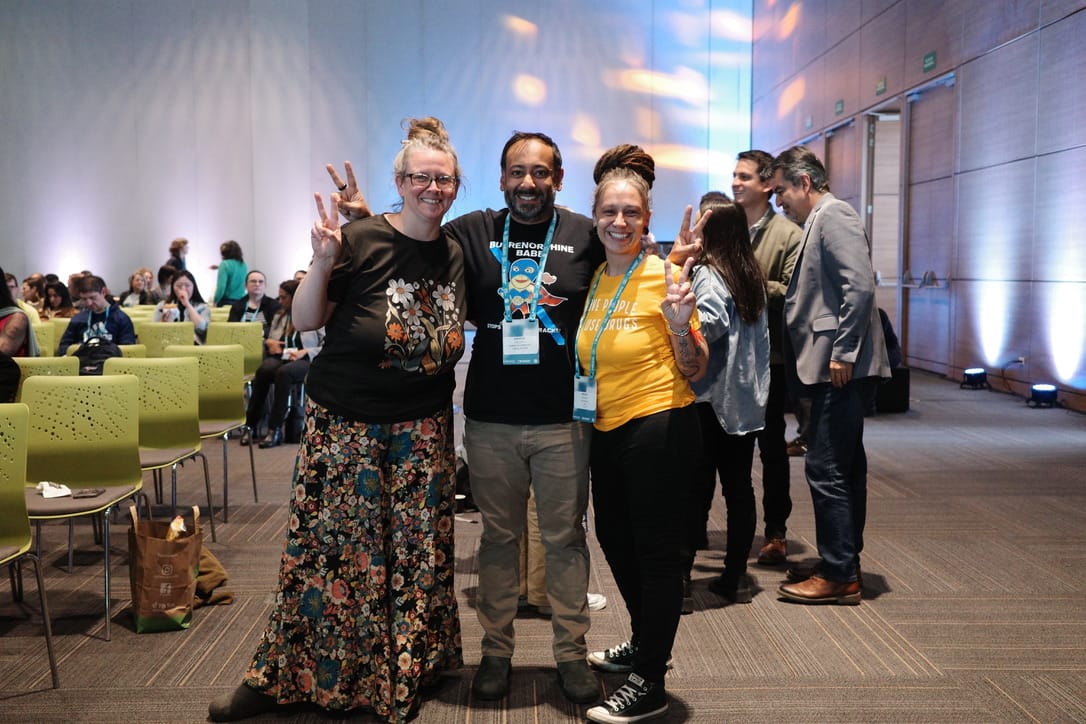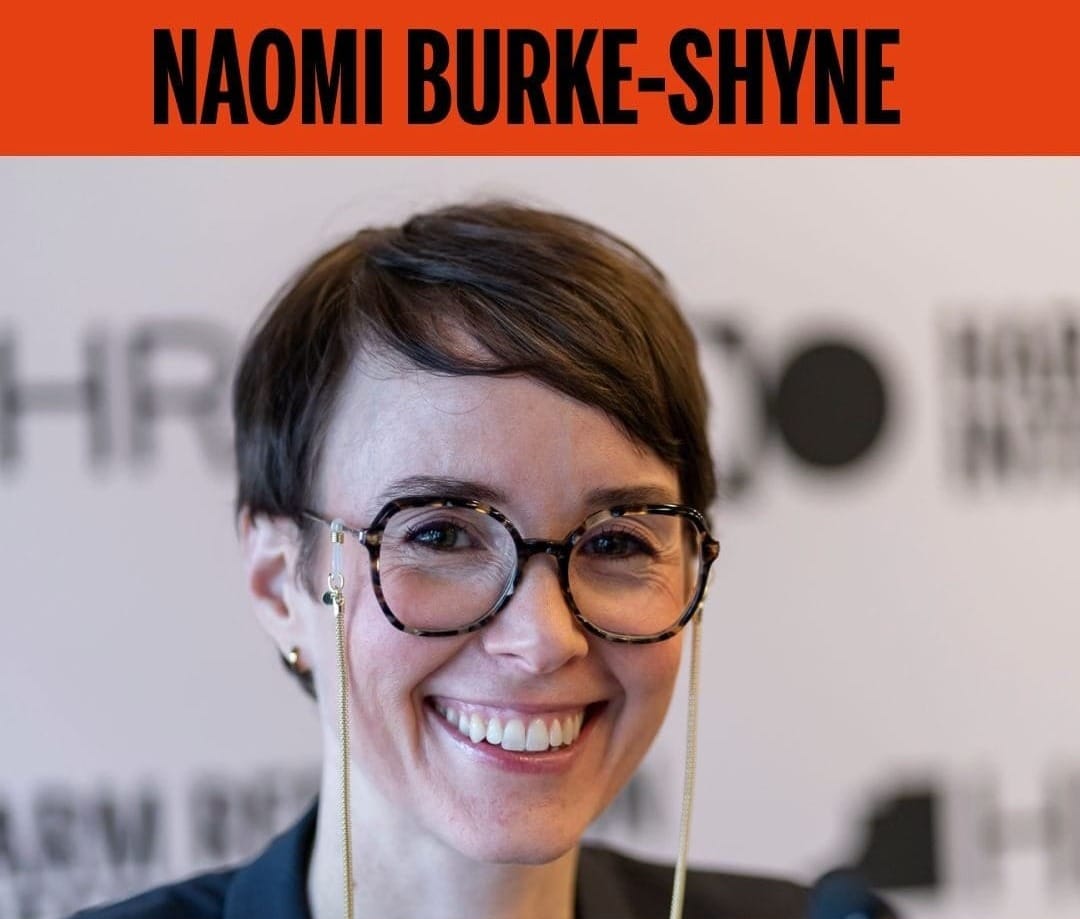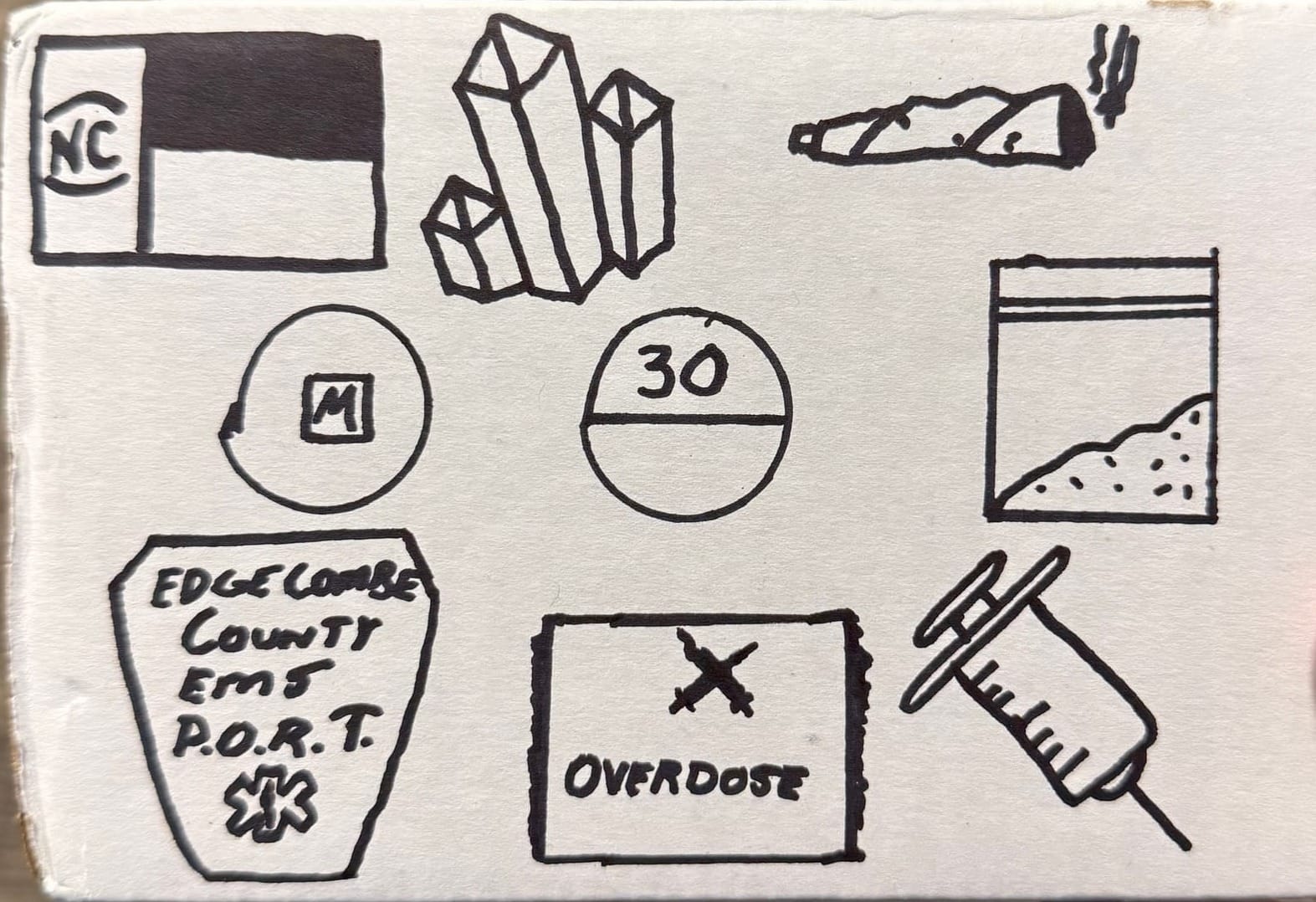〽️Service Stats & Updates
As of Monday May 26, 2025...
13,108 samples analyzed
Serving 163 harm reduction programs
Reaching 255 counties in 43 states
430 unique substances identified
No changes to our Watchlist, but click below to see Live Reports on cafentanil, (dex)medetomidine, nitazenes, BTMPS and more.
📉 Department of Data
Fatal ODs Getting Older?
We recently noticed that two of the best and quickest state OD reports were showing a previously unknown pattern that may illuminate the demographics behind recent OD mortality drops. And we also saw something similar in a major city.
Maine
Marci Sorg and team puts out an excellent monthly report on overdoses over on MaineDrugData.org. In the most recent report, we noticed that overdoses were down overall (nearly -30%), and that the age group with the highest burden of OD deaths was 35-44 year-olds.

Kentucky
Our friends over at the Kentucky Injury Prevention Research Center have already put out their final 2024 Drug Overdose Fatality Report. We made this annotated graph from Table 7 and noticed here too older age groups are making up a larger share of deaths, most pronounced in 45-54 year-olds and 55-64 year-olds. Also note that this trend has existed for 3 years running; it’s not just a 2024 thing. Maybe a coincidence (or artifact of categorizing a continuous variable, or underlying population structure) that it's an older age band than in Maine?

So what do these trends mean? Well, it suggests that Millennials (and younger generations?) may be the ones leading the decline in OD rates. If this bears out in other data, it will be critical: The recent drop in ODs is not driven primarily by depletion of susceptibles (“nobody else left to die”) and is also not primarily coming from fewer initiates to substance use in Gen Z/Alpha. The data above are not consistent with these two common hypothesized explanations for why ODs dropped.
We wanna hear from you on why the generational shift? Leave your comments below the post on our website!!!
San Francisco
Similarly, San Francisco saw a spike in presumptive overdose fatalities in January-February 2025 among 45-54 year-olds after a whole year of encouraging decline. You can see this in the graph we made below, from the medical examiner report here. (We've simplified the lines so you can see the pattern.)

This is a very important reminder that we are not out of the woods yet. There will continue to be spikes in overdose deaths with an unregulated drug supply. KEEP GOING. What you're doing is working. We need more of the services that keep our people alive. And we should also be targeting resources to help groups experiencing the bulk of mortality, and the greatest disparities (highest counts and highest rates, respectively).
Stay tuned! We're digging into this. Also, what does your data say? If you have OD mortality data for 2024 (or even better 2025) and you're willing to share demographic tables with us, we'd love to include you in our next analysis. Email nab@unc.edu if you wanna collab!
🥽 BTMPS Insights
CFSRE just put out this intriguing alert on BTMPS. What's new is that they posit that BTMPS could be an experiment in making fentanyl precursors via a molecule called TM-4-AP. It's a hypothesis based on the piperidyl ring structure of both BTMPS and 4-ANPP. It's clearly one hypothesis that plays well in Drug War antecedents. But we don't see TM-4-AP derivatives in all BTMPS samples, so it's definitely not yet a common thing that's happening.
☠️ OD Numbers
Watch this short video as Ethan Chupp, a UNC Gillings Communication Fellow, explores why drug overdose deaths are finally declining after decades of increases. He speaks with street drug scientist Dr. Nab Dasgupta (our very own) about key factors like naloxone saturation, shifts in the drug supply, and what challenges remain.
🕸️ From the Archives
Looking back, there were certain pieces of science and writing that were prescient. Led by Svetla Slavova at the University of Kentucky, this presentation contains the results of a survey of medical examiners in 2015, on the cusp of illicit fentanyl emerging nationwide. It is relevant again now 10 years later because there is a lot of discussion about when fentanyl actually emerged in each state, versus when it was tested for in overdose autopsies. The results give pause for consideration: Even if fentanyl was “tested for” sometimes the testing was as an add-on based on suspicion of fentanyl. Here’s the takeaway: When a new class of drugs emerge, like nitazenes are poised to in 2025-6, detection practices in OD fatalities will vary. Knowing the extent of this variation is the start to standardizing detection methods. The same thing happened recently with xylazine.
Here are some of the questions that were asked in the CSTE survey, and form a good starting point for the work we should be doing right now to get prepared for the next round of drugs emerging.
- Is fentanyl included in the basic screening panel in your jurisdiction?
- If “Yes”: Which of the following years was fentanyl included in the basic screening panel for the entire year
- If “No”: If fentanyl is not included in the basic screening panel, is it available as an “add on” test or in an ‘add on’ panel?
- If the initial basic screen is fentanyl positive, is confirmatory testing routinely performed?
- If yes: Which of the following years was confirmatory testing for fentanyl routinely performed for the entire year
- If yes to routine confirmatory testing: What is currently included in confirmatory panel?
- Which level capacity is your state/jurisdiction for reporting fentanyl involved overdose deaths?
✈️ Out and About
Nab attended the International Harm Reduction Conference in Bogotá and ran into Michelle McElroy and Amanda Serrano from ACR Health in New York (left). They provide great drug checking (and other services) to their people! [And sorry y'all- we couldn't find the picture with all the NYS techs from last fall.]


Then he decided to take a break from the conference and check out Monserrate in Bogotá with the Remedy Alliance crew (right). From the looks of it, they all had a blast! Find out more about the conference here.
In May, Erin traveled to Portland, OR for the annual Association of Public Health Laboratories (APHL) Conference. She presented on a panel titled “More Moves Than a Dance Floor: Chasing Drug Overdose Trends with New Partners” with Alex Krotulski (CFSRE) and Cullen Cunningham (MDH).

🤗 Opportunities for Impact
Job postings, conferences, proposals, and other events for you harm reduction baddies! If you have a job posting or event you'd like us to highlight, please be in touch.
Remedy Alliance: One of the coolest jobs in harm reduction is overseeing millions of doses of naloxone out the door! Remedy is looking for an Operations Manager for the Bay area!
This is an exciting opportunity for academic harm reductionists to start a new Harm Reduction Center at Montclair State University in New Jersey. Look carefully at salary and application requirements, but someone might just find this to be a perfect fit!
Adolescent Info: Free registration is now open for the 2025 North Carolina Virtual Adolescent Substance Use Disorder Conference!
Center for Prevention Services’ Queen City Harm Reduction is hiring for a Harm Reduction Housing 1st Case Manager!
City of Durham NC is hiring for a Street Outreach Specialist and Supervisor!
New Jersey Harm Reduction Coalition is hiring for multiple positions! Check them out here.
Our friends Istvan and Péter have long made the best international videos on drug policy and harm reduction. Legends. Will their current plight in authoritarian Hungary be replicated against NGOs in other countries?
White House Office of National Drug Control Policy is seeking input on the 2026 Strategy and ancillary strategies by June 20, 2025. See below.
👋 Meet our Team Members
Each month will feature different team members 😊

Shay Louis
Our production manager (life saver) who oversees kit production and shipments (vital)! Outside of work, her main priority is spending time and creating core memories with her 3 amazing daughters and husband. She enjoys reading, home/diy projects and traveling. Her happy place is at the beach with a good book.
📖 Reading Room
A place for things that taught us something new and maybe you will learn something too!
Here's an eloquent reminder that there is such a thing as too much naloxone, from Stuart Fisk in Pittsburgh. Also, a really approachable and useful essay from doctors who actually treat overdoses with naloxone. If 2 doses and 10 minutes aren’t working call 911. Read more here.
Health Affairs: Drug Overdose Deaths Are Finally Slowing – Medicaid Cuts Would Undermine That Progress
Native News Online: CDC’s Tribal Overdose Prevention Team Gutted in Federal Workforce Cuts
How do we think about meth ODs? Turns out alcohol (not opioids) are a handy rubric for understanding both the acute toxicity and the long term physiological harms. Both are important, but the way we deal with them is drastically different. Thanks Dr. Phillip Coffin for this excellent and approachable insight!
This new CDC report on (dex)medetomidine highlights how the crackdown and scheduling of xylazine is making the unregulated drug supply even more problematic. We disagree with some of the alarmist language about naloxone, but we agree with the conclusion that folks “continue to provide naloxone and linkage to evidence-based treatment.
Here’s an insightful study on xylazine test strips. Turns out which manufacturer makes the strips makes a big difference on false positives and accuracy. In fact, accuracy can even vary from batch to batch from the same manufacturer! It’s time that there were some national standards and independent testing for test strips.

❤️🩹
We are saddened to hear of the passing of a true leader in the international harm reduction field. Naomi Burke-Shyne. Our condolences to all who knew and loved her. May she rest in peace.
Here is a link to her memorial.
🔔 Operation Reminders
As our program continues to grow, here's some important program reminders!
For new programs who are interested in utilizing our drug checking services, you must sign a terms and conditions before kits can be shipped. We do our due diligence to make sure that we align ourselves with programs who are rooted in true harm reduction principle. The people come first and must be protected. 💙
Remember that we all samples must be obtained voluntarily. That means asking permission from the sample holder. Also keep in mind we are not allowed to test samples for law enforcement because of legal limitations.
For programs who receive invoices: Coming in about 2-3 months, we are transitioning to a new online system called Infoporte. More to come soon.
🏆 Box of the Month
Sometimes our amazing partners write us a warm message, doodle or draw a picture on the return boxes we send out. This is in no way a requirement (♻️ we reuse the boxes), but we love receiving the random surprises!

Each month, we will showcase boxes we love. Send us more doodles and notes! They sustain us.

Like what you're reading?
Get this newsletter in you inbox.
No spam. Always free. Unsubscribe anytime.


